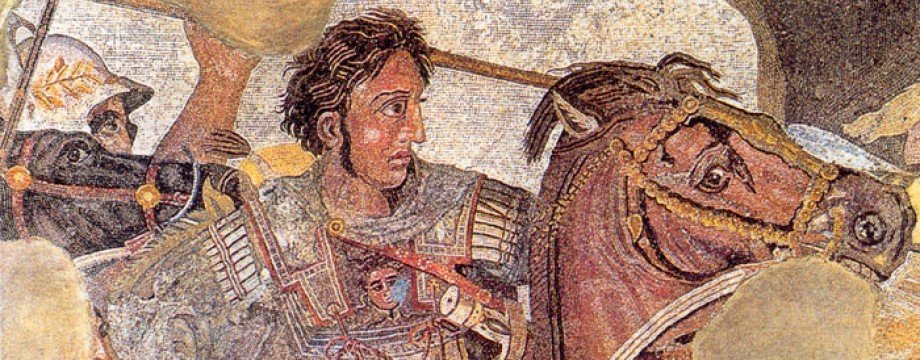In This Chapter
As the newly-weds return home, Alexander campaigns in Lycia
When was Alexander most popular with his troops? Apparently, it was now, in the winter of 334/3 BC.
By the time he had conquered Halicarnassus, it was late in the year, so Alexander took the decision to send home the men who had married just before the start of the expedition so that they could spend winter with their wives. ‘This one act ensured Alexander’s popularity among the Macedonians as much as any other’ (Arr.1.24.2).
Our leaders may drive forward great projects; the gifted among us may achieve wonders, but at the end of the day, what a man really appreciates most of all is time with his beloved. I doubt it is any different, today.
After the newly weds had returned to their homes, the officers-in-charge went on a recruiting drive both in Macedon and the Peloponnese. More Greeks had fought against Alexander than with him at the Granicus. Although he didn’t trust them to be frontline soldiers, it seems he still wanted them there, if only for propaganda purposes.
Back in Asia Minor, Parmenion was sent on to Phrygia via Sardia. Sardis lay to the north of Caria. Alexander himself went east, following the road to Lycia and Pamphylia ‘to gain control of the coast and so deny the enemy any use of their navy (Arr. I.24.3).
Along the way, he assaulted Hyparna, taking it easily; in line with his post-Granicus reconciliatory policy towards mercenaries, he gave the ones here safe passage out.
Entering the region of Lycia, Alexander ‘won over’ (Arr. I.24.4) Telmissus. This was the home city of his favourite seer, Aristander, and it’s hard not to imagine that the peaceful outcome was not for or thanks to him.
After Telmissus, Alexander received the surrender of a host of small towns, and some larger ones, including Xanthus, Patara, and Pinara.
‘By this stage it was already the depth of winter’ (Arr. I.24.5) but Alexander kept moving. He must have been very concerned about the possibility of the Persians returning to their port cities and establishing a bridgehead in south-eastern Asia Minor. At this point, though, he turned north, and entered the mountainous region of Milyas. While here, ‘envoys from Phaselis came to offer friendship and to crown Alexander with a golden crown’ (Arr. I.24.5).
They weren’t the only ones; Arrian says that envoys came from ‘most of the Lower Lycians’ (Ibid); that is to say, those who lived closest to Pisidia. And it was because of the Pisdians that they came. Arrian tells us that ‘[a] little later (Arr. I.24.6) Alexander visited Phaselis and there destroyed a fort that ‘had been built by Pisidians to threaten the district, and was used as a base from which the barbarians caused much damage to the Phaselite farmers.’ (Ibid). Phaselis was a coastal city so the whole region must have been under threat from the Pisidians. No doubt the Lower Lycians suffered most from the incursions of the enemy on account of their geographical closeness to them and so were the keenest to win Alexander’s favour - hence the gold crowns.
Text Used
Hammond, Martin (tr.) Arrian: Alexander the Great (Oxford, OUP, 2013)
See previous posts in this series here

